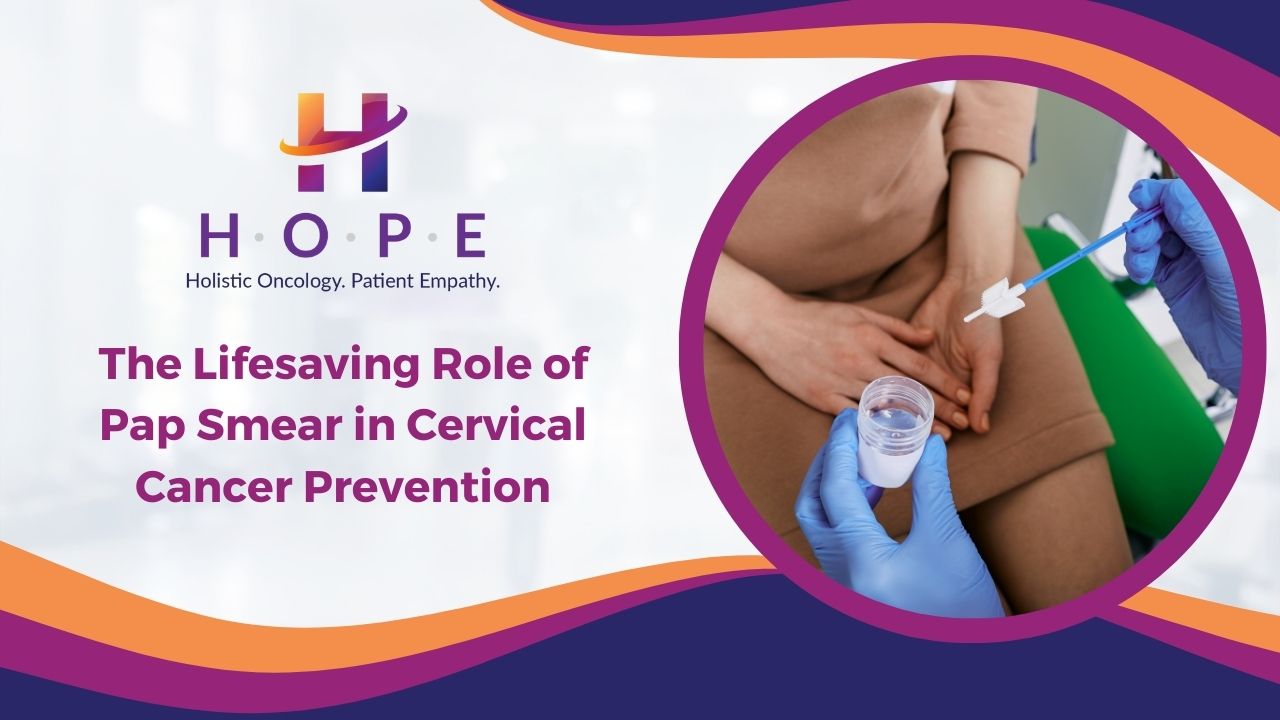The Lifesaving Role of Pap Smear in Cervical Cancer Prevention
Introduction:
Cervical cancer, once a leading cause of female mortality, has witnessed a dramatic decline in incidence and mortality rates, thanks in large part to the widespread adoption of screening methods. Chief among these is the Pap smear, a screening test that has played a pivotal role in early detection and prevention of cervical cancer. In this article, we delve into the crucial role of Pap smears, exploring their significance, the screening process, and the profound impact they have on women’s health.
I. Understanding Cervical Cancer:
Human Papillomavirus (HPV) and Cervical Cancer:
The majority of cervical cancer cases are caused by persistent infections with high-risk strains of the Human Papillomavirus (HPV). HPV, a common sexually transmitted infection, can lead to changes in cervical cells that may progress to cancer over time.
Progression of Cervical Cancer:
Cervical cancer typically develops slowly, allowing for early detection and intervention. The transition from normal cervical cells to precancerous lesions and, eventually, invasive cancer can take years. Regular screening with Pap smears aims to identify these changes in their early stages.
II. The Pap Smear: A Screening Marvel:
What is a Pap Smear?:
A Pap smear, or Pap test, is a simple, non-invasive screening procedure designed to detect abnormal changes in the cells of the cervix. The cervix, the lower part of the uterus, is swabbed during the test, and the collected cells are examined under a microscope to identify any precancerous or cancerous changes.
Early Detection Saves Lives:
The primary objective of a Pap smear is the early detection of abnormal cervical cells. Detecting and treating precancerous lesions before they become cancerous significantly improves the chances of successful treatment and long-term survival.
Screening Frequency:
The frequency of Pap smears depends on various factors, including age, previous Pap smear results, and individual health history. In general, women are advised to begin regular Pap smears in their late teens or early twenties, with screening intervals decreasing as they age.
III. The Significance of HPV Testing:
Combined Approach: Pap Smear and HPV Test:
In certain situations, healthcare providers may recommend HPV testing in conjunction with a Pap smear. This combined approach enhances the sensitivity of cervical cancer screening by identifying the presence of high-risk HPV strains that may lead to cervical abnormalities.
Vaccination and Preventive Measures:
The introduction of HPV vaccines has added a powerful layer of protection against cervical cancer. Vaccination, often administered during adolescence, aims to prevent infection with the most common high-risk HPV strains, contributing to the reduction in cervical cancer cases.
IV. Empowering Women’s Health:
Informed Decision-Making:
Pap smears empower women to take charge of their health by providing valuable information about the status of their cervical cells. Armed with this knowledge, women can make informed decisions regarding further diagnostic tests, treatment options, and preventive measures.
Reducing Incidence and Mortality Rates:
The widespread adoption of Pap smears has been instrumental in reducing the incidence and mortality rates of cervical cancer. Routine screenings allow for the identification and treatment of precancerous lesions, preventing the progression to invasive cancer.
V. Encouraging Regular Screenings:
Public Awareness Campaigns:
Public health campaigns and educational initiatives play a crucial role in promoting the importance of regular Pap smears. Raising awareness about the screening process, its significance, and the life-saving potential encourages women to prioritize their health.
Accessibility and Healthcare Equity:
Ensuring accessibility to cervical cancer screenings, including Pap smears, is vital for achieving healthcare equity. Addressing barriers such as financial constraints or geographic limitations can contribute to increased screening rates and improved outcomes.
Conclusion:
The Pap smear stands as a beacon of hope in the realm of cervical cancer prevention. Its role in early detection, coupled with advances in HPV vaccination, has transformed the landscape of women’s health. Regular screenings not only save lives by detecting and treating precancerous lesions but also empower women to actively participate in their well-being. As we continue to champion awareness and accessibility, the Pap smear remains a cornerstone in the global effort to eradicate cervical cancer, creating a future where this preventable disease becomes a rarity rather than a prevailing threat. Regular Pap smears are not just a medical protocol; they are a testament to the power of preventive care and the unwavering commitment to women’s health.

